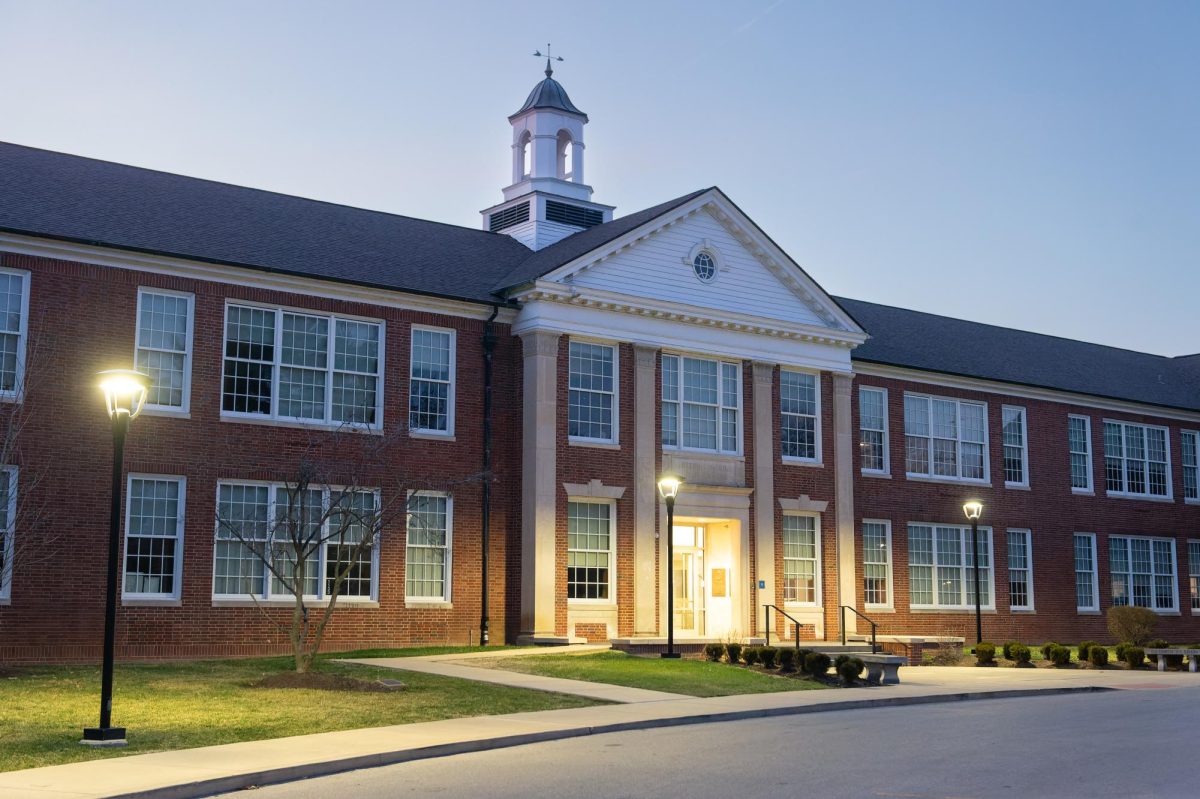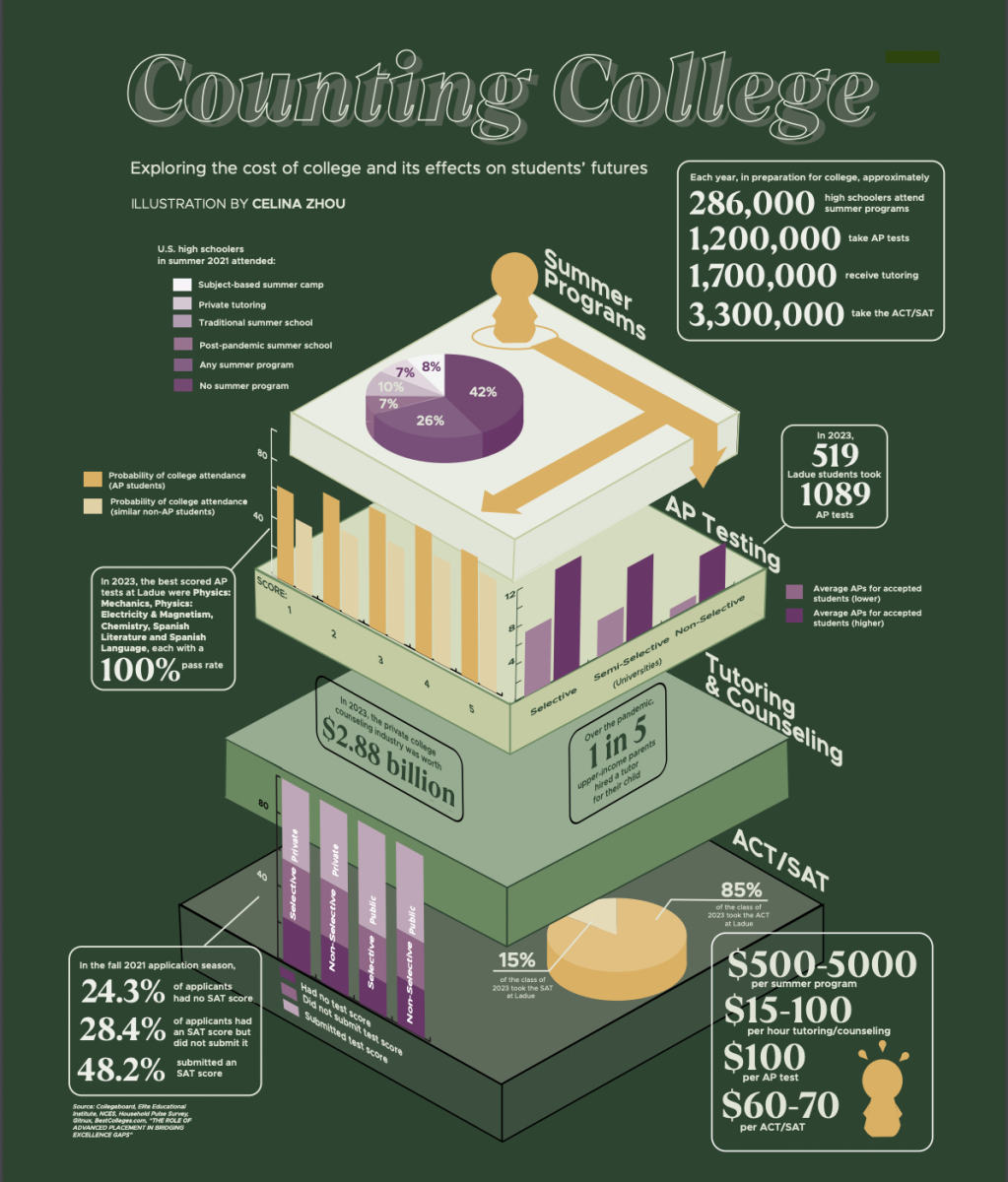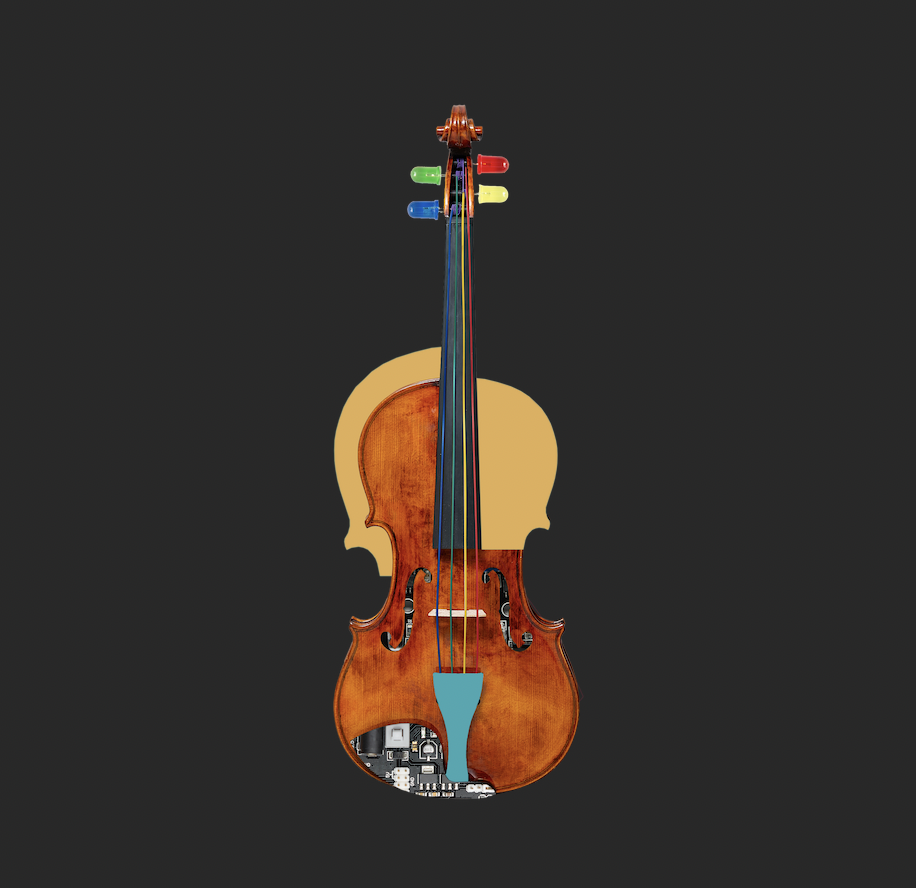They gather in the shadows of twilight. Armed with flags and signs, they assemble, at first in odd groups and clusters, then rapidly into formidable masses as the hours tick by. Across the street, an equally large crowd is forming.
A jeer sounds from the depths of one of the crowds and is met with an equally ugly answer from the other side. The crowds begin to chant. Tension crackles between the two groups like the whiplash of lightning, arcing and hissing, jumping from protester to protester, who stand forebodingly like heavy thunderclouds in the dark of night.
These factions are opposites, enemies. They have nothing in common but the searing red flare of anger — and beneath it, hatred, as deep and immovable as the roots of mountains.
In Context
Since its founding, America has been marred by bitter conflicts, from the advent of directly opposing political parties to the Civil War. This has contributed to the polarization present in today’s society. Polarization is the widening divide between contrasting groups of people, forcing them into extreme positions.
America today is the most polarized it has been in many decades. According to the Pew Research Center, the percentage of Americans who held deeply unfavorable views of the opposite political party doubled between 1994 and 2004.
“There’s no middle ground [between political parties],” social studies teacher Robert Snidman said. “All are very extreme in their views, and there’s no room in the parties for people who don’t see things the way the party does — they’re not welcome.”
In the Media
Many draw understanding surrounding social and political issues from the news they consume.
“You have certain channels which are dedicated to one point of view only,” Snidman said. “For much of my life, the three major news outlets provided all the news coverage on TV. All of this was run by professional journalists who presented the picture as it was, not with an agenda. Those days are going away.”
With this rise of biased news reporting, it has become easier for people to become entrenched in their own beliefs, as they’re easily able to cherry-pick which news outlets to consume.
“Virtually all of us are in these echo chambers of information,” social studies teacher Rebecca Rubin-Schlansky said. “An unsurprising consequence of these echo chambers [is] that people are just not conditioned to think about multiple perspectives anymore.”
These echo chambers are difficult to avoid, especially on social media. According to the Pew Research Center, in 2021, 36% of adult social media users rely on Facebook for their information. In order to keep users fixed for as long as possible, social media companies have developed the “for-you page,” which perpetuates pre-existing biases by only portraying content they likely already agree with.
“[Generation Z] is so much about cancel culture,” Emaan Waheed (11) said. “It’s like, this person said this [so] we definitely need to cancel that. In a high school setting, it’s a lot about social stuff and fitting in, so if you say the wrong thing, or if people think you said the wrong thing, then that causes so much drama, which people want to avoid.”
Feeds and news channels aren’t the only things that contribute to confirmation bias and lack of understanding of the “other.” The places students live and go to school also play a major role.
“We live in the ‘Ladue Bubble,’” Snidman said. “The ‘Blue Bubble.’ You leave St. Louis, and in the countryside that poverty is stunning. Nobody in Ladue knows that. [Republicans] are giving a message that’s appealing to poor white people and they make up the bulk of [Missouri’s population].”
The framing of political parties as being “for” or “against” certain demographics can cause individuals to feel apprehensive towards a party that is at odds with their identity. This can then perpetuate a refusal to engage in conversation with those groups. Often, the effects of this are not only experienced online, but closer to home as well.
“If people just go off [of] something they see online and use that to portray a group of people [in a negative way], that can be really harmful as people will carry that into real life,” Waheed said.
In the Classroom
Polarized topics are often difficult to navigate within a classroom setting.
“I think it’s definitely taboo to talk about politics and religion in class,” Isabella Soyfer (11) said. “A lot of times teachers or parents will say, ‘don’t talk about this, it can cause conflict.’ People are trying to avoid conflict with their peers, which is understandable, but I think people are more likely to share their opinions with their classmates if there’s an open discussion available.”
This taboo can create unspoken stereotypes surrounding political or religious groups, which may harm members of such groups by taking away their ability to accurately self-represent.
“If you’re a practicing Christian, a practicing Muslim or practicing any religion, you could be considered to be too conservative [simply based on that],” Waheed said. “You could be considered too extreme. Especially as a teenager, it’s difficult. I feel like that’s stopping a lot of people from fully expressing themselves.”
The difficulties students have expressing their views also weighs upon teachers. When dealing with controversial issues, the balance between neutrality and morality is a fine line to walk, and often leads to controversy.
“[As a teacher,] you try to make space for all voices and all perspectives,” social studies teacher Riley Keltner said. “But at the same time, there are moral rights and wrongs in the arc of history. How do you differentiate between what’s a moral right and what’s a moral wrong [while acknowledging] somebody else’s opinion that might be different from yours?”
Keltner began teaching in 2016, the year of a national election. As a new teacher, she struggled to keep her classroom nonpartisan as current events related to her Government class’ curriculum arose.
“Attacks on public education [have] been going on for 100 years, but it is jarring when you’re the one going through it and not studying it anymore,” Keltner said. “I think it’s fatiguing for many, many educators across the nation.”
These attacks have become especially prominent since the emergence of social movements in the 20th century, such as the civil rights and gay rights movements. Many teachers strive to include multiple perspectives, which can trigger criticism. You should be nonpartisan, but you should not always be neutral in the classroom.” — Riley Keltner, social studies teacher
“I’ve been called into the office numerous times because parents complain about me being too conservative or too liberal,” Snidman said. “But over the years, the administrators just sort of nod, and it’s been fine. We are allowed to be open-minded and I’m well aware that there’s places throughout the country where it’s not always like that.”
As the influence politics has on the classroom continues to grow, teachers have had to adapt by teaching students critical media literacy to expose themselves to different sources.
“Our current social studies department does an amazing job [of] warning its students about only acquiring news and information from a singular source and the importance of embracing all perspectives on any particular issue,” Assistant Principal Andy Ross said. “But the challenge is getting people to be critical consumers of that information.”
In the Future
Although much of Generation Z is only now of voting age, the generation has been making an impact for years. Young activists such as Greta Thunburg and Malala Yousafzai have used their voices to speak out against injustices such as oppression, inequality and climate change. This young leadership is a shift from social movements of the past that were often led by older adults. While younger individuals often have less experience than their older counterparts, their youth can make them more flexible and willing to collaborate.
“As far as leadership from civil rights, there was very much a vacuum for many, many decades,” social studies teacher Ashley Lock said. “[Generation Z] was actually the first to work together. There’s not just one leader of one movement, you’re actually creating these movements.”
In order to bridge this generational gap, it would help if students and teachers worked together through open-minded interaction and empathetic dialogue.
“If we could see more of [a] student-teacher dynamic where students help teachers [deliver] the meaningful content and [make] sure their voices are heard in the classroom, that would be great,” Waheed said.
By keeping classroom discussions and interactions open, both students and teachers can gain a better understanding of the other’s ideas and a more nuanced grasp of the topic itself. While teachers play a major role in facilitating these classroom interactions, student initiative is crucial for extracurricular involvement and conversations outside of school.
“[Ladue has] a lot of different student organizations where kids can get involved and share ideas,” Ross said. “We’ve got groups that are working together towards developing mutual understanding.”
One example of this collaboration is the fundraiser organized by Ladue’s Jewish Student Union and Muslim Student Association to support work done by the International Red Cross in war-torn areas of Israel and Palestine. Despite religious differences between the JSU and MSA, they were still able to work together and help civilians that been caught in the crossfire.
“We as a community should be really proud of the joint endeavor between the MSA and JSU,” Rubin-Schlansky said. “It shows that the acts of a few are not representative of the majority.”
It is important for young people to continue to organize and participate in opportunities like the fundraiser because they encourage open-mindedness, communication and collaboration. By taking action and coming together to solve global problems, people can unite and work to foster tolerance for those of differing beliefs.
“Young people can help a lot to reduce polarization among our generation,” Soyfer said. “We often spread information about current issues and are active in advocating for them, which can help to bring us together as a generation rather than be driven apart.”







